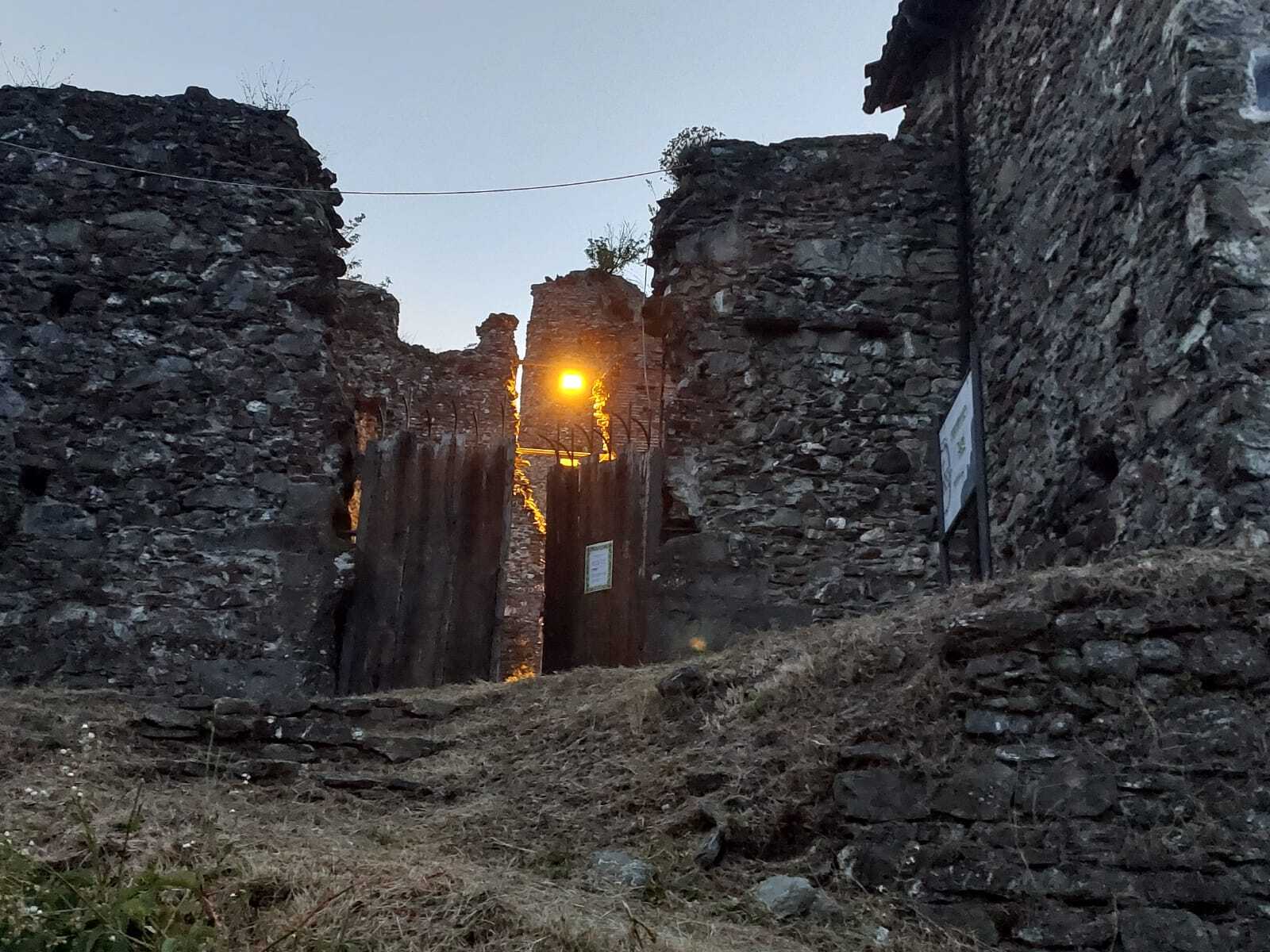Ronco Scrivia boasts a thousand-year history as evidenced by the toponym “Ronco”, which derives from the medieval Latin verb runcare, that is, to till uncultivated lands. From its Roman past also comes the toponym Via Postumia, still today the oldest street of the old village of Villavecchia which seems to follow the Roman route, at least for a stretch, of the Via Consolare which led from Genoa to Aquileia, passing through Libarna. The name Ronco is mentioned for the first time in a document from 1127 relating to the agreement between the Pobbietto lords and the Consuls of Genoa. The village was subjected to the temporal power of the bishops of Tortona, who maintained possession of the lands until the 13th century, when the property was purchased by the Spinola family.
An important historical event occurred in 1242, when the podestà of Genoa, to counter the probable alliances between Guglielmo Spinola and the Emperor Frederick of Swabia, invaded the lands of Rocco to submit them to Genoese power. The domination of the Republic of Genoa in Ronco, but also in other contiguous localities, did not last long, so much so that, by as early as 1249, the community of Ronco returned under the Lordship of the Spinola family. Evidence of the feudal past of Ronco are the ancient remains of the Castles of Ronco Scrivia and Borgo Fornari, currently owned by the municipality, the most valuable of the monuments of the golden period of the Spinola marquisate, when, in the mid-seventeenth century, the marquis obtained permission from Emperor Ferdinand III of Habsburg to mint money at the local mint, which within the Novi Ligure Exchange Fairs was the most important mint together with those of Arquata Scrivia, Tassarolo, Rocchetta Ligure and Albera Ligure.
From the medieval period extensive documentation remains relating to the Abbey of Santa Maria al Porale, of which only a fifteenth-century fresco remains, preserved in the recent small church of Santa Maria in the Porale hamlet. The parish church of Borgo Fornari refers to the same period, of which only the name remains, the current church dating back to 1600. In 1797, the Imperial Fiefs were abolished at the behest of Napoleon Bonaparte, therefore Ronco returned from 2nd December to the Department of Western Ligurian Mountains. In 1816, Borgo Fornari established itself as an autonomous municipal, however, again, in 1819, the institution was suppressed and united, together with the Pietrafraccia hamlet, to the Municipality of Ronco which, in 1863, took the name of Ronco Scrivia.






What to see in Ronca Scrivia
Its origins are lost in time however it is known that it was mentioned in a document, for the first time, in 1240. In 1641 the current building was built which replaced the ancient structure. This church has undergone numerous interventions over time. Inside it houses precious works of art, such as the canvas depicting Saints Filippo Neri, Ignazio and Francesco Saverio by the painter Giovanni Lorenzo Bertolotto and a painting by Orazio De Ferrari representing Saints Rocco and Anthony.
Here is a place that hides traces of a noble past: the castle of Ronco Scrivia. First built between the 11th and 12th centuries as a fortress, it was a refuge for the Genoese nobles in exile, only to be besieged and conquered by Genoese troops in 1173. A period of disputes followed until 1223, when, thanks to an agreement between Genoa and the cities of Tortona and Alessandria under the Lombard League, the castle was returned to the Spinola family. In 1313, Opizzino Spinola obtained the official investiture from Henry VII of Luxembourg, and transformed the castle into a noble residence, which belonged to the Spinolas until the fall of the Imperial Fiefs in 1797. Today, only a few fragments of the squared stone walls remain of this ancient residence.
Located a ten-minute walk from the main road of Borgo Fornari, along the alley called Rian-na, its construction can be dated from 1121 to 1182 and it is located on a hill overlooking the underlying communication route between the Scrivia Valley and the then Genoese fiefdom of Voltaggio. Its construction was commissioned, according to tradition, by the Fornari family, originally from Genoa, from which the name of the town derives. It was already home to a contemporary parish church dedicated to Santa Maria Assunta. The property later passed to the Spinola family. A few years later, the castle was at the centre of conflicts between the Spinola and Doria families. In the 15th century, the fortress was once again the scene of conflict between the Spinola family and the Republic of Genoa. Filippo Maria Visconti, an ally of the former, managed to obtain possession of the fortress, which he handed over, as established in the peace agreements of May 1419, to Pope Martin V. Some texts testify to the stay at the castle of the King of France Louis XII (1506), Charles V, Francis I (1525), Philip II of Spain and Maximilian II of Habsburg (1551). Some parts of the structure remain of the ancient castle today, including the well-preserved, semi-circular tower in exposed brick, of which the oldest was built, and the western part of a wall; the latter is the only example of walls still existing in the Scrivia river valley. Another section, still intact, is the part located towards the valley, intended for the castle garrison. An in-depth study has highlighted the different types of material used: brick in the upper part, with stone in the lower part. Since 2005, the property has belonged to the Municipality of Ronco Scrivia and funds have been allocated for a conservative restoration of the fortress.














